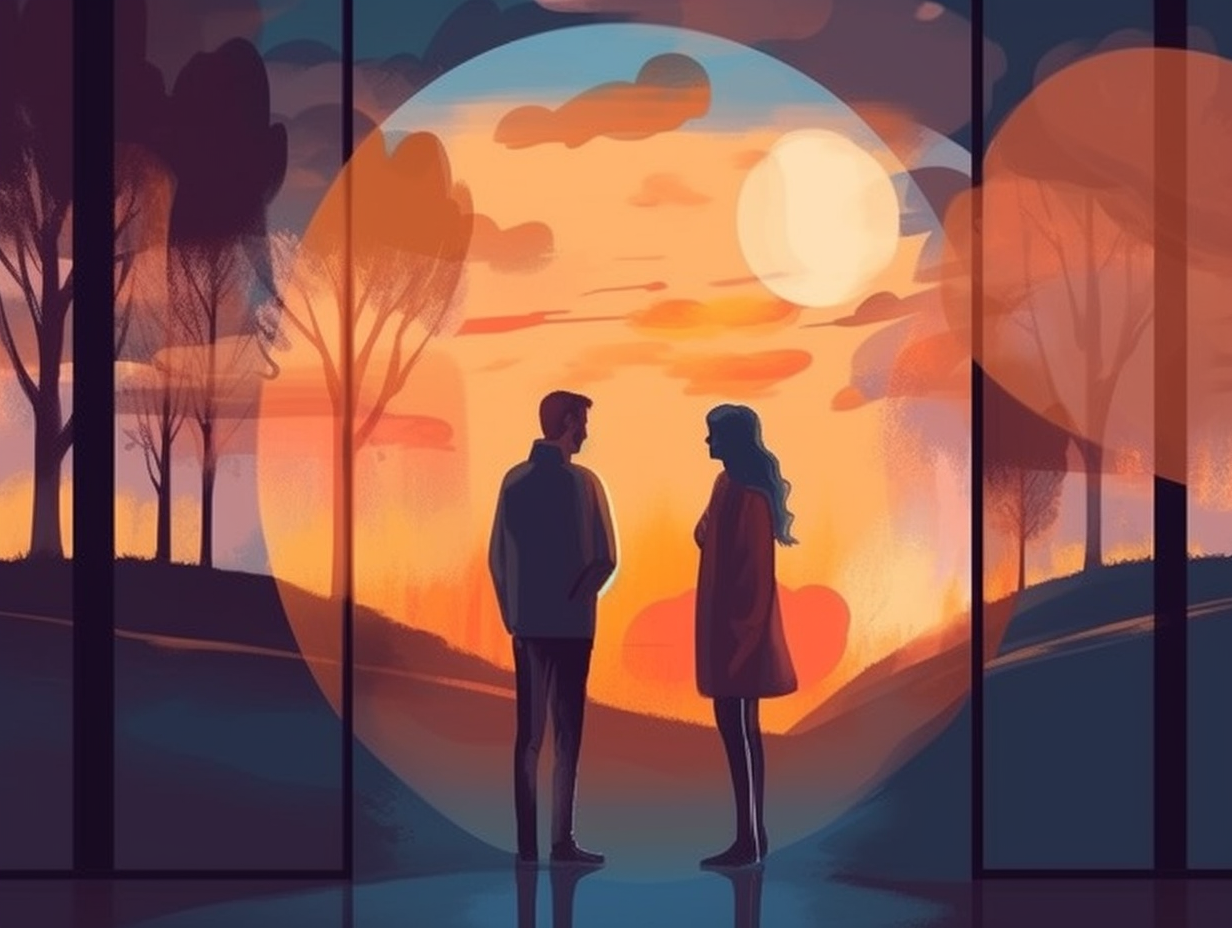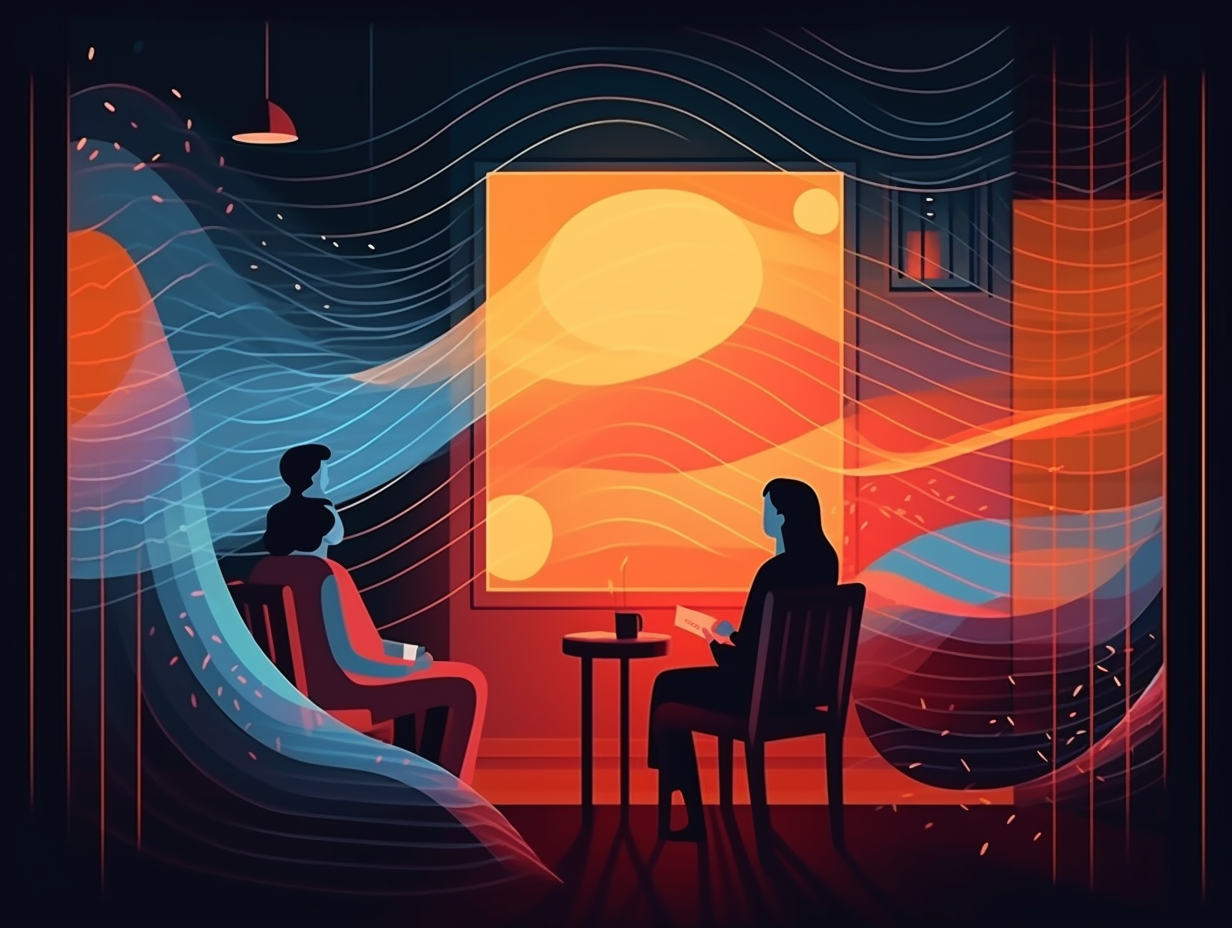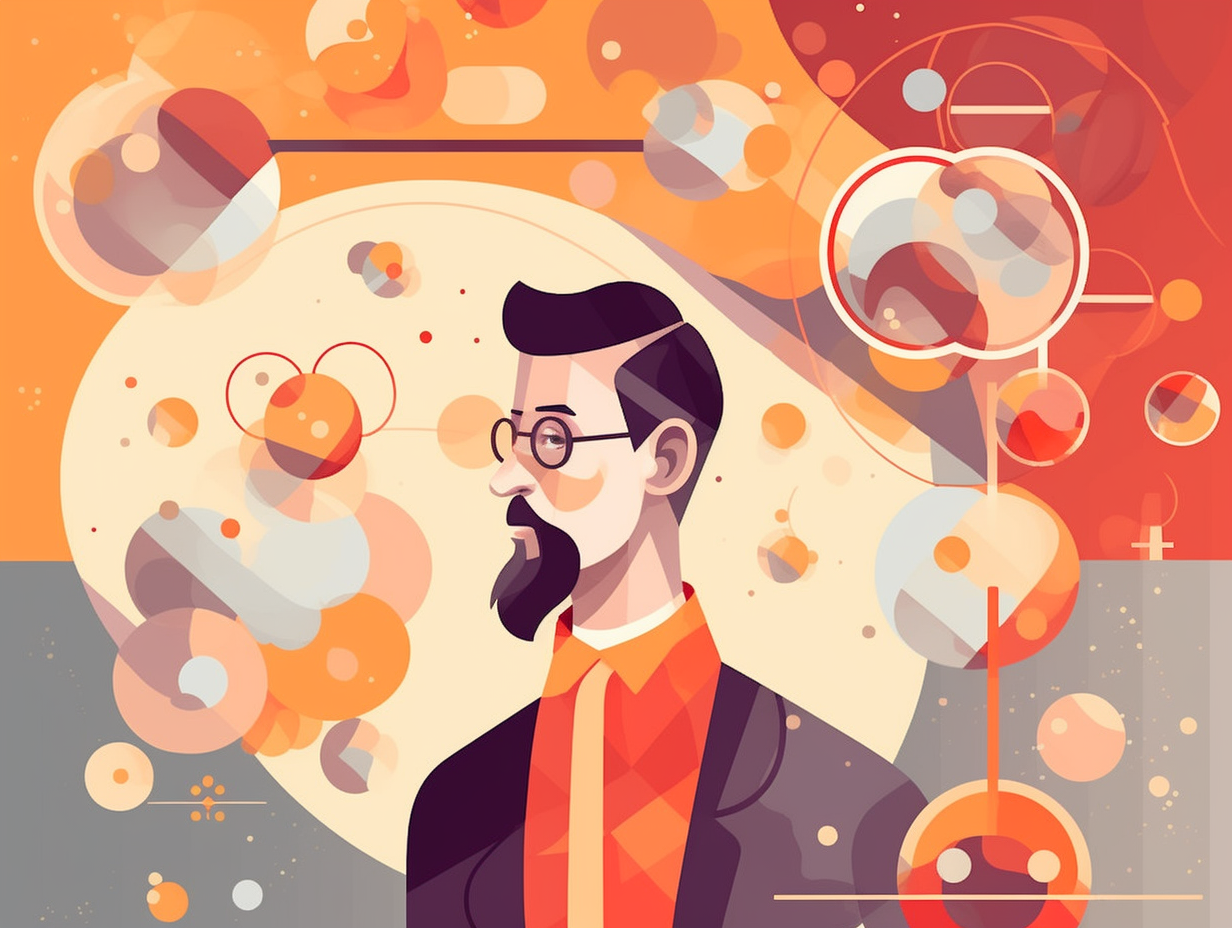Top 13 Fun Facts about Light: Uncover the Science and Wonders of Illumination!

1. Light's Need for Speed
Who said slow and steady wins the race? In the world of light, speed is king and there's no room for dawdling photons: Light zooms at a jaw-dropping speed of 300,000 kilometers per second, zipping from the Sun to Earth in a mere 8 minutes and 20 seconds, all because space is an awesome vacuum offering zero resistance. Faster than a speeding bullet, this cosmic speed demon lets us see our surroundings almost instantly.
Source => phys.org
2. The Sun's Cosplay Shenanigans
Sun-believable! The sun just pulled a fast one on us by cosplaying as a yellow star: In reality, our sun is white, rocking all the colors of the visible spectrum, but Earth's atmosphere plays tricks on our eyes by scattering blue light more and leaving us with the impression of a yellow sun.
Source => metoffice.gov.uk
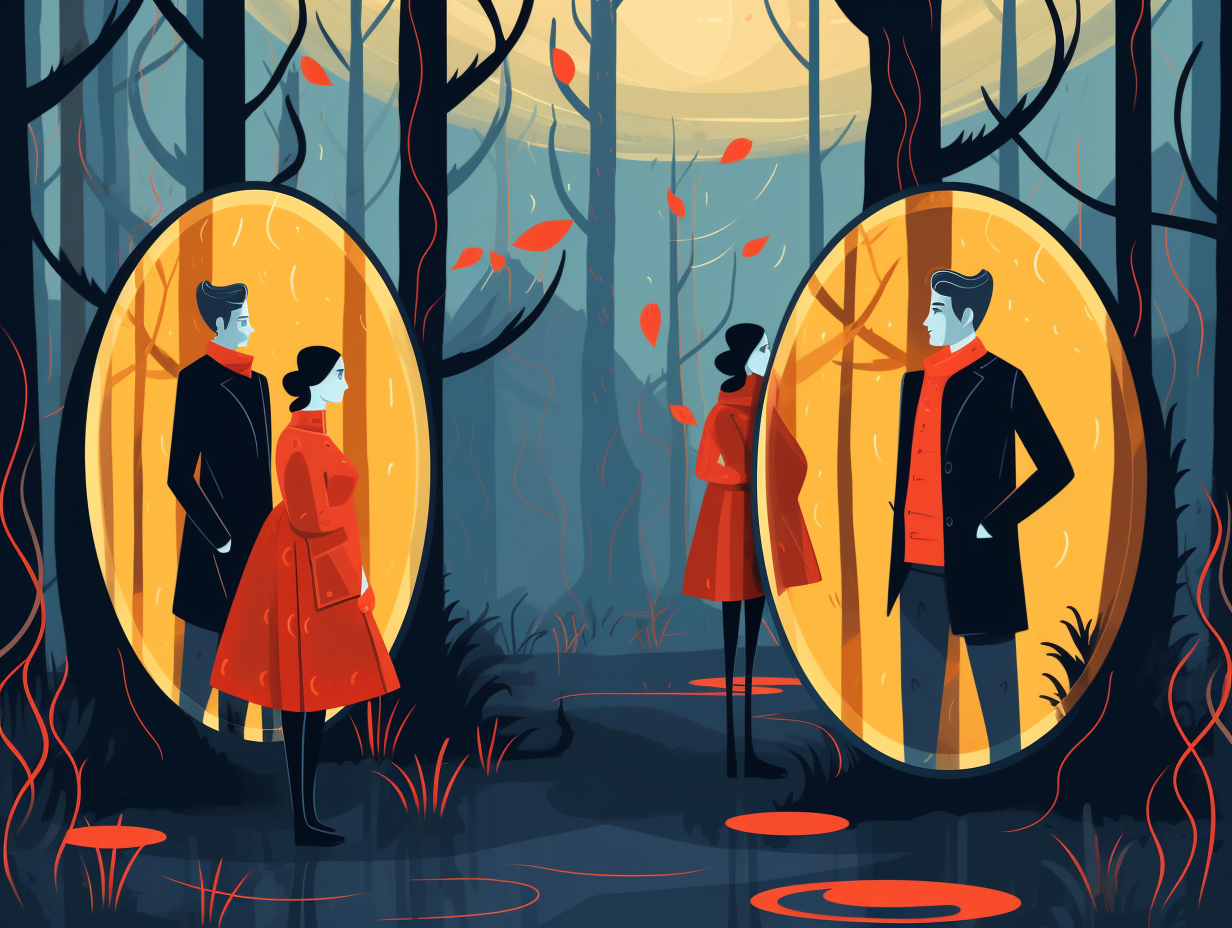
Did you know silver is the king of reflective metals, bouncing back 95% of light? Discover its shiny purpose in the Hubble Space Telescope and household mirrors! 🌟🔍
=> Fun Facts about Mirrors
3. Cosmic Inflation: The Ultimate Speedster
Move over, Flash! There's a new speedster in the cosmic playground, and it's leaving light in the dust with its universal expansion shenanigans: Cosmic inflation not only outpaces light's blistering 299,792,458 meters per second, but also muddles with physics and astronomically distances itself from us, proving that light-speed is just not fast enough for this universe-sized race.
Source => space.com
4. Jacques & Ariel's Colorful Dinner Party
Imagine Jacques Cousteau and Ariel from The Little Mermaid having a colorful dinner party, but as they dive deeper, the vibrant menu starts losing its various hues, one by one: This phenomenon is due to water absorbing different wavelengths of light at various depths – red, orange, and yellow disappear first, even at 5ft, while greens fade as you go deeper – which explains why underwater photographers use strobes to restore the lost gastronomic glamour.
Source => uwphotographyguide.com
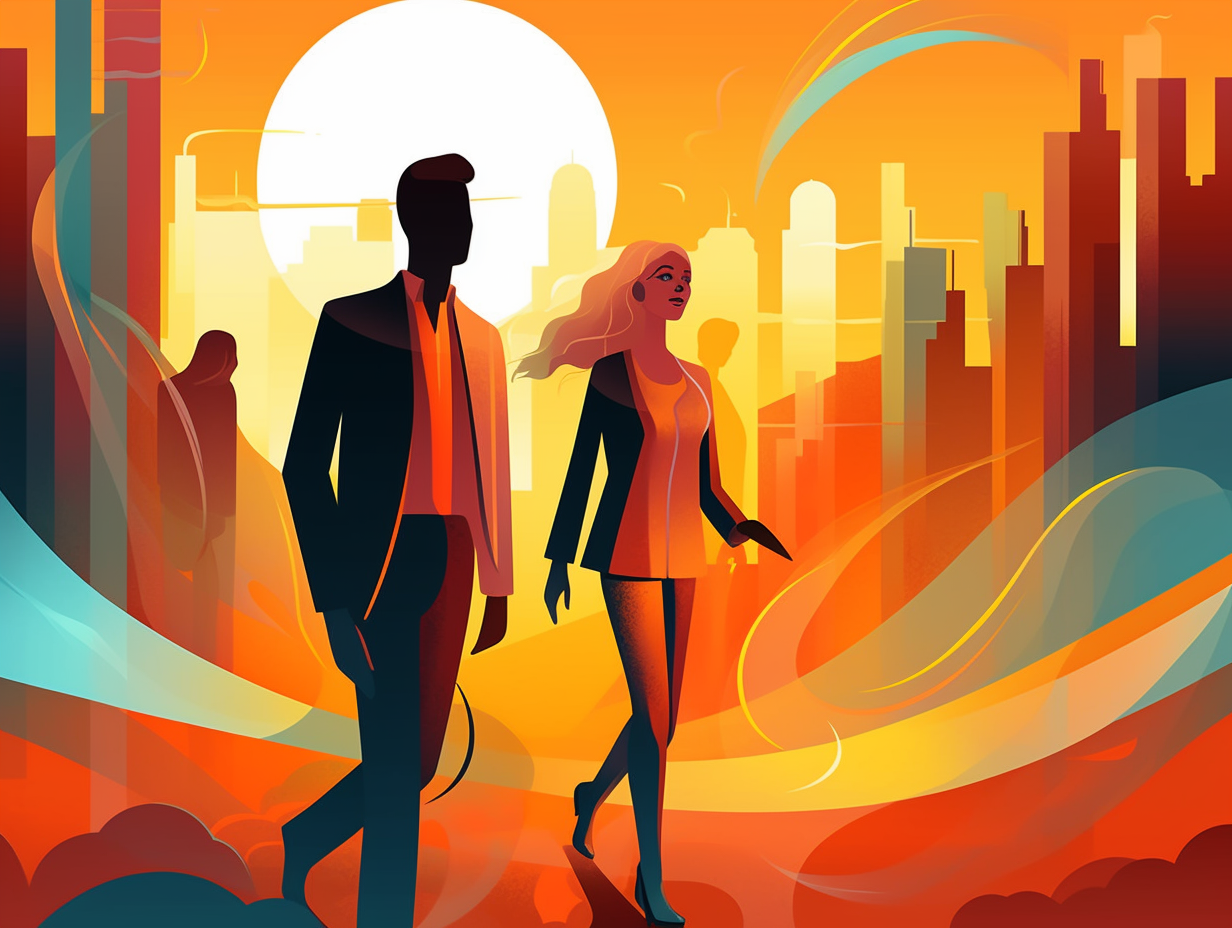
5. Edison's Bright Idea
Before Edison had his "bright idea": Thomas Edison received patent number 223,898 on January 27, 1880, for his ingenious improvements on the electric lamp. By using a carbon filament, Edison's light bulb illuminated the path to practical and safe electric lighting. This ultimately sparked up the United States' transformation into an industrial powerhouse, shining a light on Edison's relentless determination and 1,093 patented inventions—including the practical incandescent light bulb and the phonograph. No wonder he wasn't left in the dark!
Source => archives.gov
6. Fireflies' Glow-Up Parties
In a world where flying insects aren't assembled by a quirky inventor named F. L. LightBugs, fireflies got a leg up on the competition thanks to their secret glow-up parties: These luminous beings use a rare process called bioluminescence, cleverly mixing luciferin, luciferases, oxygen, and ATP in their abdomens to light up the night.
Source => news.ncsu.edu
7. Ghostly Fogbows & Sunbathing
If ghosts had a preferred method of sunbathing, it'd probably involve fogbows: these mysterious, colorless cousins of rainbows form when sunlight plays with tiny water droplets in fog, mist, or clouds. Instead of flaunting a vivid spectrum, fogbows shyly show off a ghostly white or extremely faint hue, accompanied by a halo-like marvel called a "glory," so don't be surprised if paranormal enthusiasts try to snap a pic or two!
Source => metoffice.gov.uk
8. Lasers: Lightsaber Surgeons
Who needs sci-fi outlandishness when lasers are performing miraculous doctor-duties every day, like mini lightsaber surgeons wielding their shiny batons of medical awesomeness: Lasers immeasurably improve a plethora of medical procedures from retina repairs to surgical precision, even slicing incisions as tiny as half a micron wide – substantially finer than a strand of human hair – truly making them the heroic Jedi knights of the modern operating room.
Source => hyperphysics.phy-astr.gsu.edu
9. Supercharged Paparazzi Snaps
Who needs lightning speed when you can have light speed? Enter the world of supercharged paparazzi with snaps faster than Usain Bolt's morning jog: Researchers at Washington University in St Louis have created a 2D camera that captures a whopping 100 billion frames per second using Compressed Ultrafast Photography. This bad boy is powered by a "streak camera" and enables us mere mortals to witness light pulses in action, opening up exciting doors in biomedicine, astronomical science, and in general, blowing our minds.
Source => cnet.com
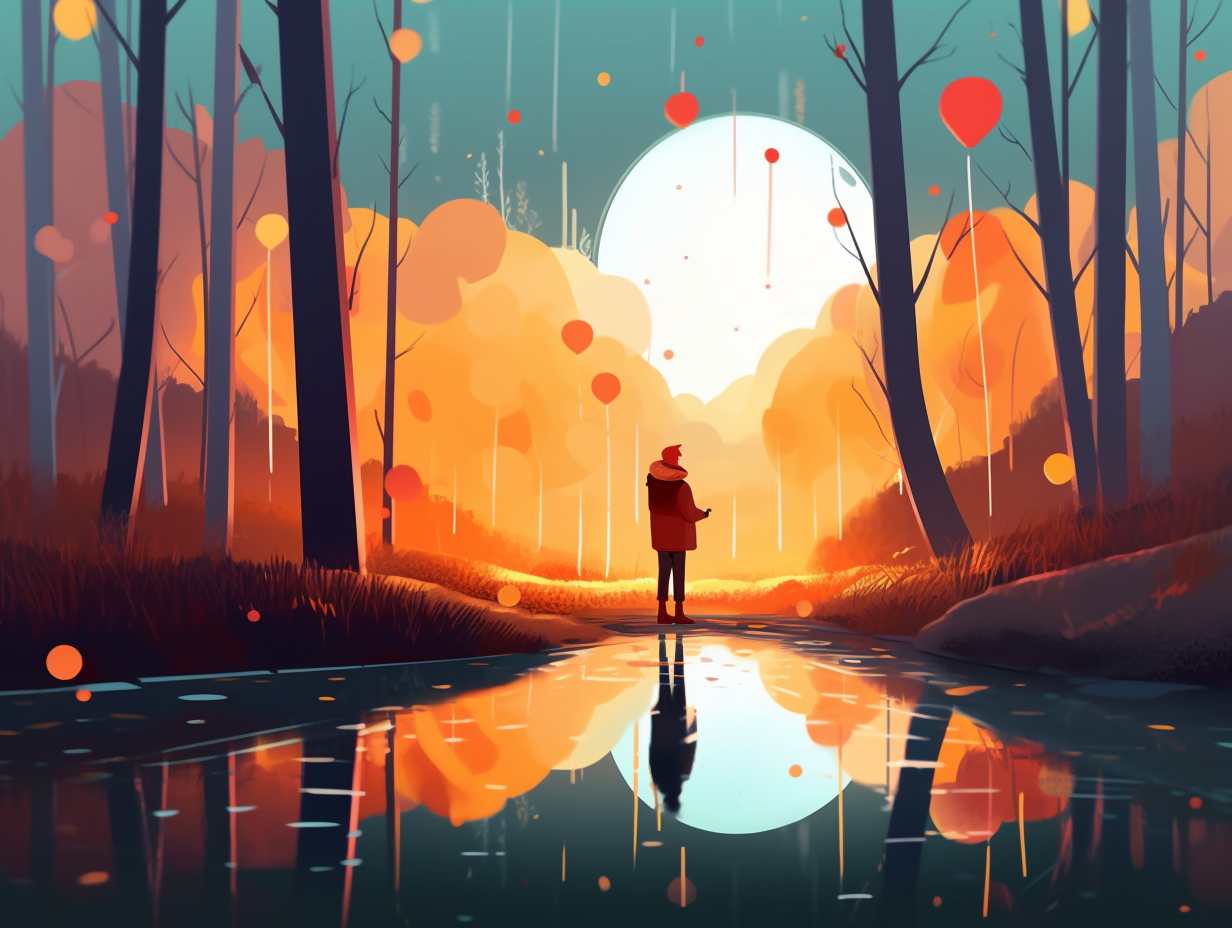
10. Narcissus's Infinity Party
Ever wonder what happens when Narcissus stumbles upon a hall of mirrors? It's an infinity party: The infinity mirror effect is created when two parallel reflective surfaces bounce light back and forth, seemingly forever. Each reflection reduces the brightness of the image, creating an illusion of endless depth. Look out for this cosmic conga line in infinity mirrors and contemporary art installations that explore the boundaries of infinite space.
Source => en.wikipedia.org
11. Sunflowers' Morning Dance
Sunflowers know how to party until the break of dawn, or should we say…the break of dusk? As these sunshine-lovers boogie from east to west, they eventually realize that adulting ain't easy, and settle down facing the sunrise: In a fascinating twist, sunflowers display heliotropism and follow the sun's path as they grow, but once they reach maturity, they commit to a fixed east-facing position. This early-bird strategy helps them warm up faster and become an irresistible hotspot for the morning pollinator crowd.
Source => spectrumlocalnews.com
12. Sun's Latitude Attitude
Why did the sun blush on its way up and down the sky? Because it always gets caught in a latitude attitude! At high latitudes, the Sun's track varies more throughout the year, affecting the dates of earliest sunset and latest sunrise: they depend on latitude, as the geometric angle with Earth's equator is the main factor, while at the equator, it's the clock effect that determines these times.
Source => aa.usno.navy.mil
13. Light Bulb's Sweet Tooth
Did you hear the one about the light bulb that walked into a candy store? It had a bright idea to sweeten the deal: Scientists have discovered that higher levels of illumination can actually improve our sensitivity to sweet and bitter tastes, with a mere 30 minutes of exposure to bright light reducing the threshold for sweetness. However, the effects of lighting on overall food intake and calorie consumption are still up for debate, so don't go binging with your night light just yet!
Source => sciencedirect.com
Related Fun Facts

